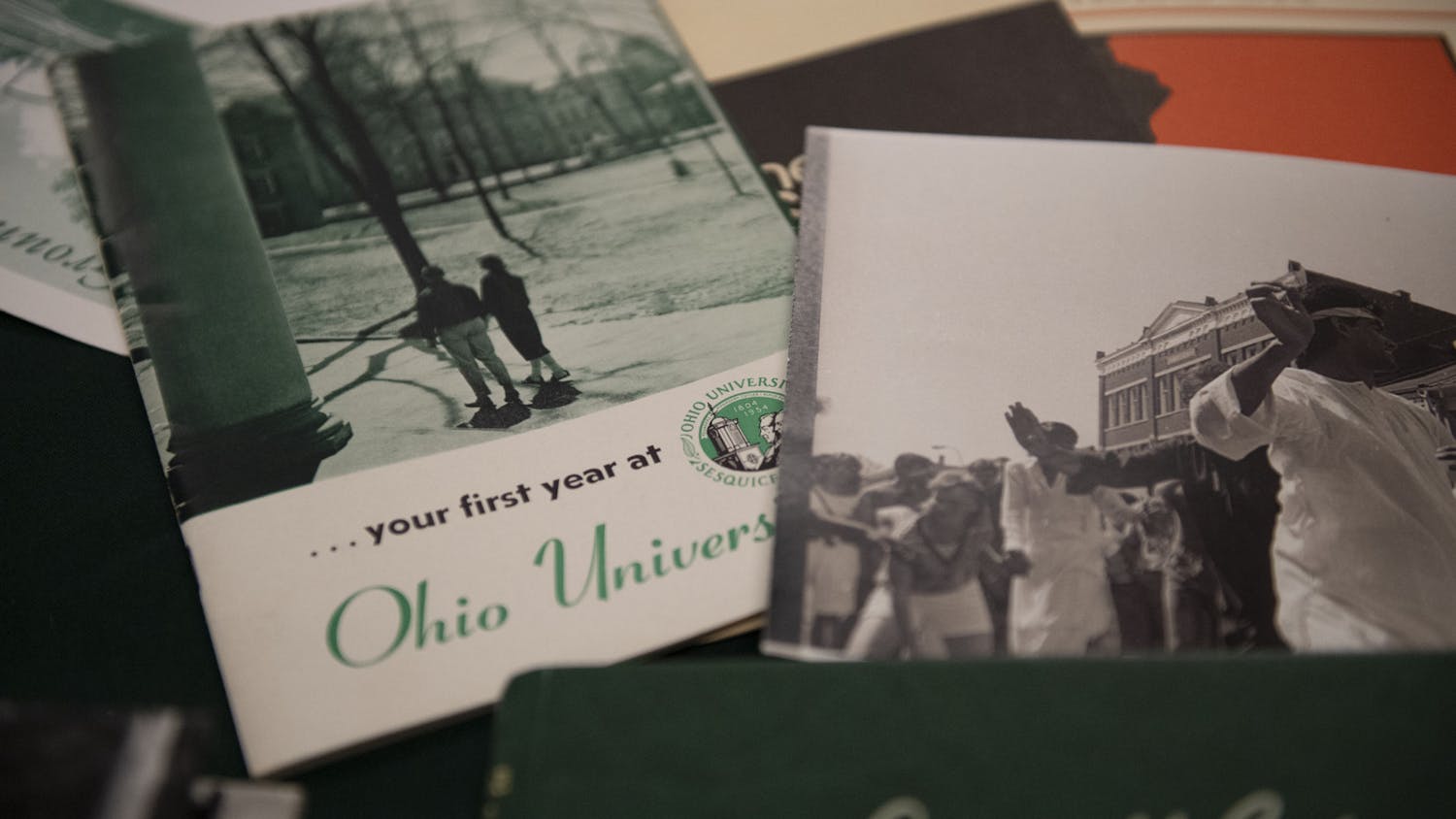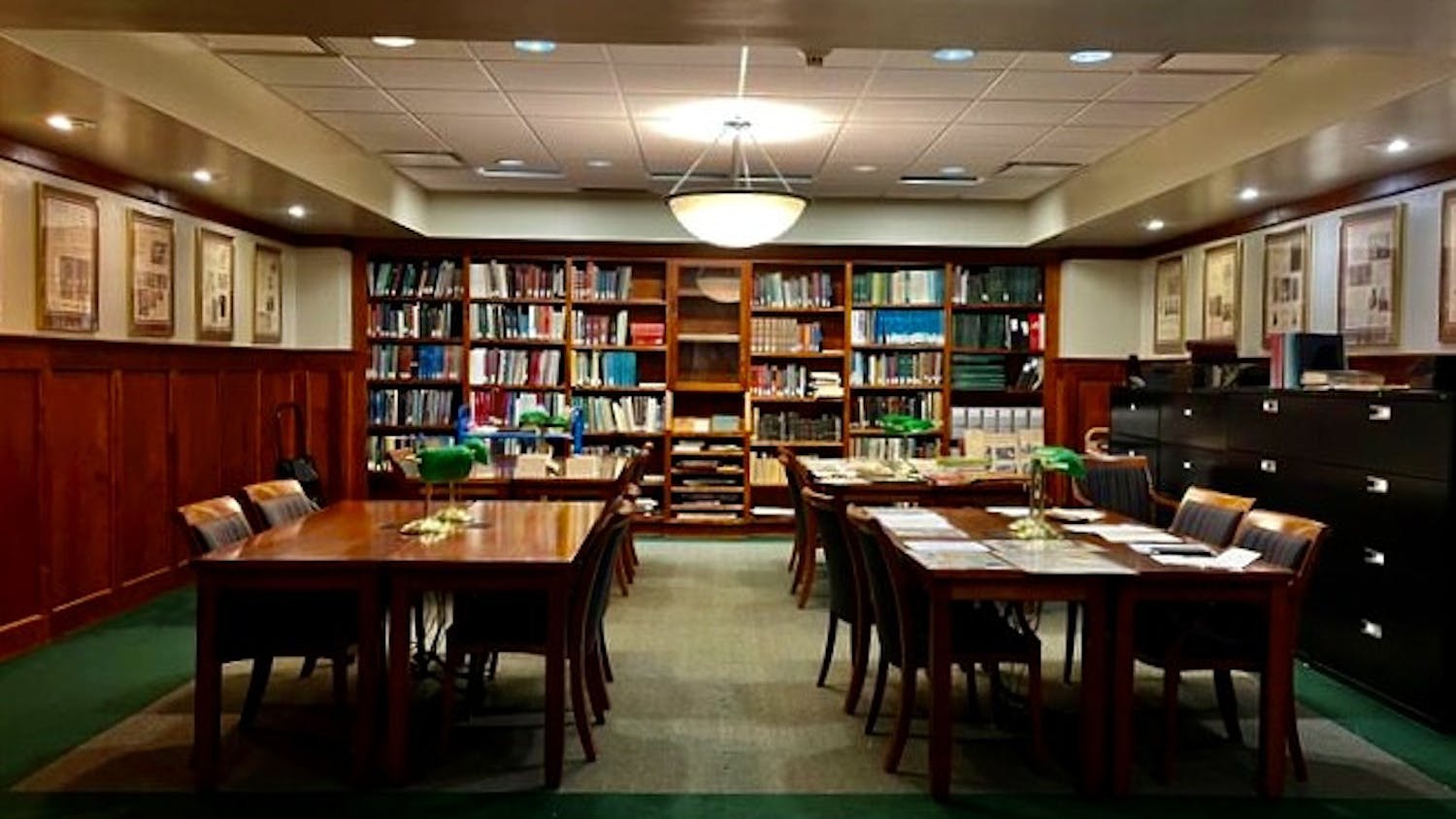Though Ohio University has a history of targeting African Americans for enrollment, this number reached its peak about 40 years ago.
Soon after OU initiated several programs to encourage black student enrollment in the 1960s, other minorities, such as Hispanics, Asian Americans and international students began to increase.
Demanding Change
As an OU freshman walking Athens’ bricks in the fall of 1966, Roderick McDavis, now OU’s 20th president, was part of OU’s campaign to increase diversity.
“Anytime you’re a minority in a majority population, there’s a certain feeling that you have. I know as an African-American student … I wanted to come to a place that felt comfortable,” McDavis said. “I felt the campus was very accepting.”
McDavis joined Omega Psi Phi, a historically black fraternity, during his freshman year, and eventually became the organization’s president.
OU black student enrollment increased from 200 students in 1964 to about 2,000 in 1973, said LaHugh Bankston, OU’s assistant director of admissions from 1969 to 1973.
OU’s influx of enrolled black students during a time of national protests and unrest led to increased demands for black student rights, said James Steele Jr., special assistant to Congressman Gregory W. Meeks (D-NY-6th) and a 1969 OU graduate.
“The major concern that we had was creating a black studies program,” McDavis said. “That was something we felt would show the university was committed to sustaining its efforts to diversify the campus.”
OU created the program in 1969. It was one of the first in the nation and marked a point of success for McDavis and Steele.
Steele also formed OU’s Black Student Action Coordination committee in 1967, which encouraged a more diverse campus.
“(At the time), it would have been hard for me to be persuaded that there would be a black president of OU (today),” Steele said. “We can talk so much about remaining problems and difficulties that we can lose sight of how profound some of the progress has been.”
Working for Diversity
In the early 1970s, the number of enrolled black students and black student organizations grew, but in the latter part of the decade, the enrollment numbers dropped.
As other minority enrollment numbers increased, administrators realized there was a need to bridge ethnicities, said David Descutner, interim vice provost for the Office of Diversity and Inclusion.
“For students to come to a university that would be entirely homogenous … would mean they would have an impoverished education,” Descutner said. “The world beyond the campus is way more diverse than this campus is.”
LINKS, a program to increase campus diversity, was developed in 1984 to increase multicultural student graduation and retention rates, Descutner said.
Retention rates for the 2010–11 school year among blacks were slightly higher than the OU overall average of 80 percent, though it was lower among international, Hispanic, Native American and Asian-American students.
The Multicultural Visitation program is designed to bring ethnically diverse students to OU, said Cecil Walters, director of the Office for Multicultural Student Access and Retention.
Beyond Color and Feeling Accepted
Seaira Christian-Daniels, a black junior studying journalism, could have gone elsewhere but chose OU for its beauty and Honors Tutorial College.
Since enrolling, she has worked to diversify OU’s campus, Christian-Daniels said.
“I think students want (OU) to be (more diverse), but I really don’t think that it’s where it should be,” said Christian-Daniels, Student Senate’s black affairs commissioner and vice president of the Black Student Union. “Numbers make a difference, but the organizations that are on this campus that are supposed to celebrate African-Americans on this campus … are struggling.”
In 2011, less than 5 percent of OU students were black, with slightly more than 1,000 black students on campus.
“I think that many white students wouldn’t notice if there weren’t many, or in some case any, black students on campus unless they personally chose to interact with black students or came from a diverse background,” Christian-Daniels said.
Winsome Chunnu-Brayda, associate director of the Multicultural Center, enrolled at OU after attending a historically black college in Texas. She said she thinks students with similar traits might choose to stick together, but these barriers can be broken down, she said.
“By having a diverse campus, in a safe space, we can expose our students to cultures they’ve never seen before,” Chunnu-Brayda said.
For Walters, the belief that diversity is a dichotomy between black and white needs to be addressed before diversity at OU can truly grow.
“We try to make sure that everyone knows diversity is a broad cloth … not black and white,” Walters said. “Diversity is a reflection of humanity.”
dd195710@ohiou.edu





